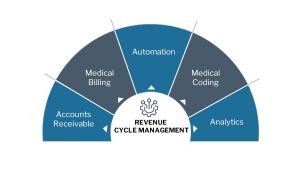Data analytics and superior resource integration advance project efficiencies
Client Profile
As a construction industry and project-development leader, our client provides innovative and sustainable solutions for customers and communities across Europe and the United States.
Project Needs
Our client was using Excel spreadsheets and Latista, a construction field-management application, to manage and monitor multiple construction tasks and capture customer acceptance and sign-off for completed tasks.
Doing so was complicated and time-consuming. The initial Excel-based reporting process required the client to collect the Latista data at periodic freeze points, then manually analyze it for the mandated status reporting. This process took several days, hobbling the client’s ability to deliver timely project status reports to the project teams or the supervisory staff monitoring a project. In addition, Latista didn’t provide all of the varied customer-specific information needed to analyze the detailed tasks and arrange them into the groupings needed by each tracked project.
The client partnered with ESN to improve its data integration and visualization resources to deliver readily available, up-to-date project data.
Technology and Tools
- Power BI
- Oracle Latista API
- Oracle Database
- Excel
- SharePoint
- Team Foundation Server
- Autodesk BIM 360
Results
- By configuring the data connection for Power BI, a business analytics service, to pull data directly from the Latista field-management application, ESN provided the client with always-available, up-to-date information while reducing the effort and time needed to produce it.
- ESN used Power BI’s support for local data sources to create Excel-based secondary data sources managed by the client’s administrative group, avoiding the addition of unfamiliar tools and overhead. We developed Power BI counterparts to replace the client’s static Excel reports with online reports and dashboards with charts and data visualizations for different client and customer teams. This resulted in current project information being available to a wider audience.
- The ESN solution delivered more granular access to and control of data sets. For example, ESN provided a small group of client staff with the ability to maintain and enhance Power BI reports in a central repository. This enabled them to dynamically update reports whenever needed to manage their work plans and monitor projects.
- Larger user groups accessed frequent and periodic static reports and data snapshots from the standard Power BI report set for data enhancement, further analysis, and use in other documents, including Excel and PowerPoint.
- Improved efficiencies greatly reduced the client team’s workload while providing quicker and much wider access to the most current data than the legacy Excel-based reporting process.
- This approach was extended to other project teams that were using Autodesk’s BIM to create up-to-date KPI dashboards to monitor those projects.






